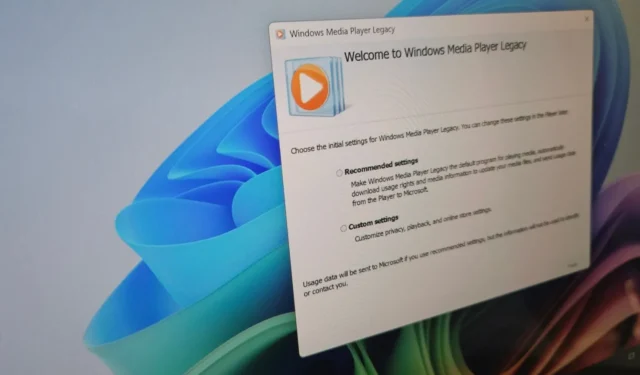Windows Media Player to Lose Legacy DRM Support on Windows 7 and 8

September 2024 signifies the discontinuation of another longstanding Windows feature. Microsoft is phasing out the Legacy DRM services, which include WMDRM for Windows 7 and Windows 8. Consequently, playing protected content will become increasingly problematic for older Windows versions and players, such as Windows Media Player.
Microsoft announced the termination of support for legacy DRM services in a support document. This change primarily impacts legacy players like Windows Media Player and Silverlight-based applications. For context, Silverlight is an outdated application framework that assisted developers in creating internet-enabled applications.
According to Microsoft, the removal of legacy DRM services will hinder the playback of DRM protected content in Windows Media Player. This change also means streaming from a Silverlight client or a Windows 8 app to an Xbox 360 will no longer be possible. Previously, users could stream content from Windows 8 to Xbox 360 using older applications.
Any content ripped earlier with the legacy Media Player on Windows 7 will also be unplayable.
“Playback of protected content in the legacy Windows Media Player on Windows 7,” Microsoft stated in a support document.
With Windows 7 and 8 already phased out, this decision isn’t unexpected. Microsoft has been actively deprecating many unused features. The company introduced PlayReady, a more modern DRM service, in 2007, which continues to be in use today.
Windows 11 features a new media player, but the legacy version is still accessible if desired. Many users frequently express dissatisfaction with the new media player, highlighting several features they believe Microsoft should restore.
Recently, Microsoft also removed Paint 3D and Adobe Type1 fonts, while certain features like Cortana were retired to accommodate Copilot. However, the deprecation of WordPad has been particularly noteworthy.
Fortunately, there remains a method to keep WordPad operational in Windows 11 24H2.
Media Player Loses DRM Support and Who Knows When It Will Come Back, But WordPad Can Still Be Used in 24H2
Windows Latest has provided an archive file that contains the core app files for WordPad. You can download and extract it to the specified location outlined in their guide. After following these steps, you can use WordPad without complications.

Although WordPad received few feature updates, it was originally designed to handle text and RTF files natively. In Windows 11 24H2, users will need Microsoft Office or another compatible application to access those files.
Keep in mind that Microsoft will not maintain WordPad, which could lead to functionality issues over time.
Conversely, Windows Media Player may continue to operate as long as it has been installed as an optional feature.
Leave a Reply